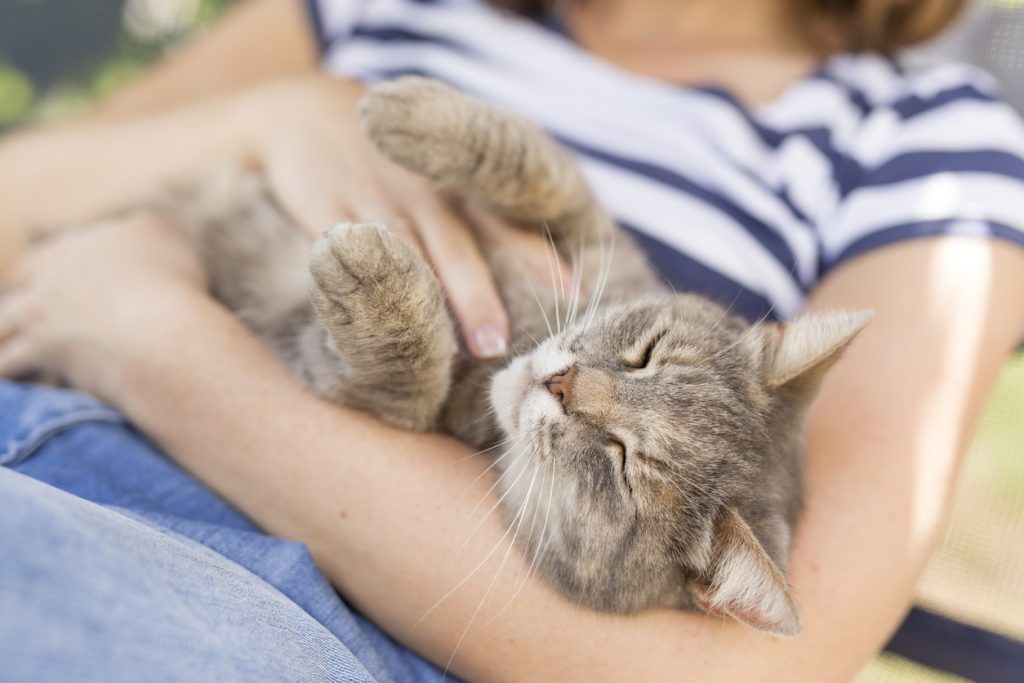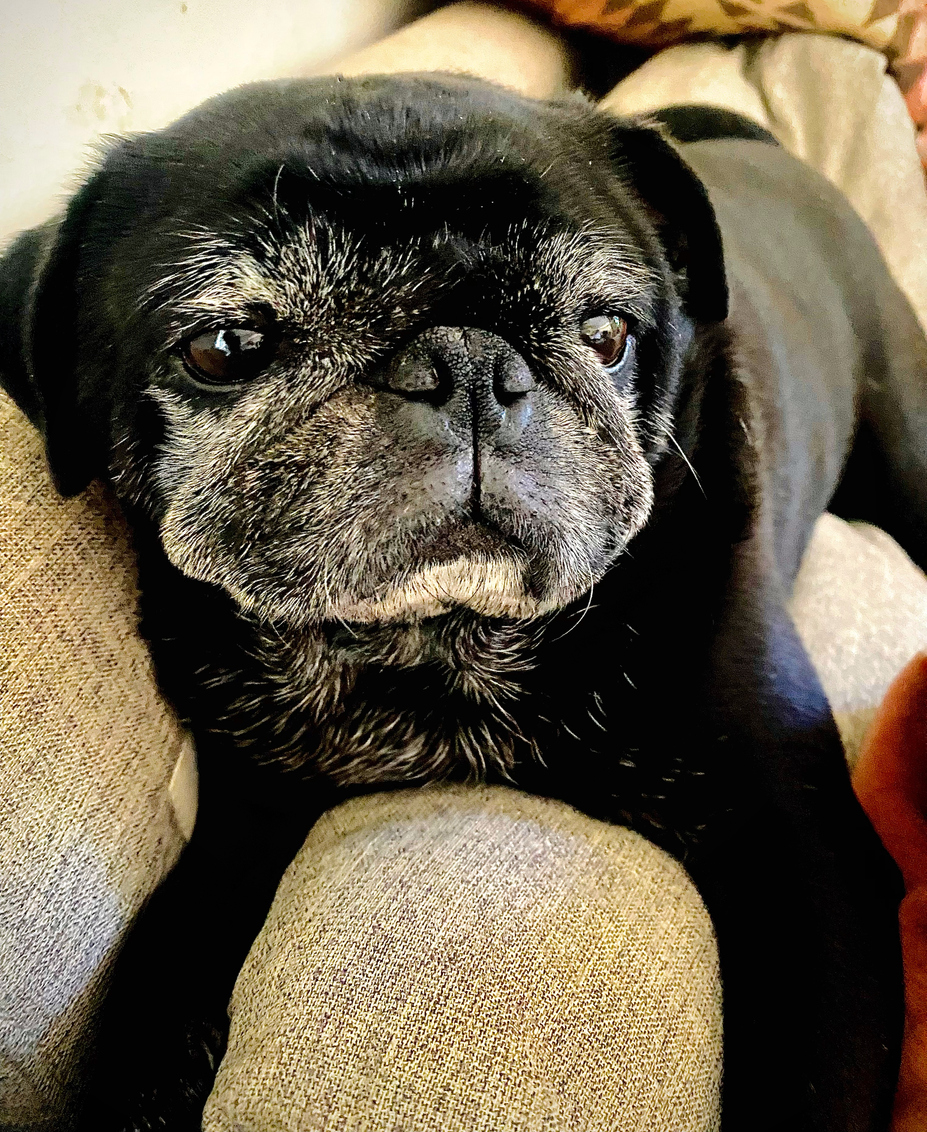Individually Tailored Palliative Care for Cancer Patient
Palliative care, also known as supportive care, is an approach to relieving the symptoms caused by disease or aging. It can be given with or without curative care.
Patients may receive palliative care in the hospital or at home under the direction of a veterinarian.

When is palliative care used in cancer care?
Palliative care may be provided at any point during cancer care, from diagnosis to the end of life. When a pet receives palliative care, they may continue to receive cancer treatment.
Are there different types of Palliative care?
Palliative care isn’t just reserved for terminally ill pets with cancer. Pets with any type of painful or limiting illness or condition can benefit from comfort care.
Specifically for cancer, palliative care focuses mainly on managing pain and making things as normal as possible for your pet up until the end. An individually tailored palliative care plan might combine pain medications with nutritional supplements and other therapies such as hydrotherapy, massage or even acupuncture. It might be necessary to provide subcutaneous fluids to prevent dehydration. Your veterinarian may also prescribe appetite stimulates or even anti-nausea medications for vomiting.
Additionally, it is encouraged to provide a comfortable space for your dog and cat to rest while remaining near the family.
What is Pet Hospice?
While the term hospice and palliative care are often used interchangeably, pet hospice focuses more on managing the process of dying. Hospice takes over when palliative care has done all it can do and is no longer effective. The goal of hospice is to provide a dog or cat with a dignified death that is as peaceful, humane and pain free as possible. It might mean taking pain medications during a natural death or providing relief for unmanageable suffering via euthanasia.

When should I move my pet from Palliative care to Hospice?
Hospice generally takes over when palliative care is minimally or no longer effective. This means the pet has lost its ability to enjoy life. Hospice seeks to provide relief from suffering and involves providing comfort for both the pet and family members through the euthanasia process. However, some pet owners opt to forgo euthanizing their pet and instead continue pain and comfort management until a natural death takes place.
The correct course of action in transitioning from Palliative care to Hospice relies on a veterinary-patient relationship. Your veterinary team may provide a quality of life scale to help you evaluate your pet’s level of pain and their ability to enjoy life. Ultimately the final decision will come down to your personal beliefs and how well you know your pet.



